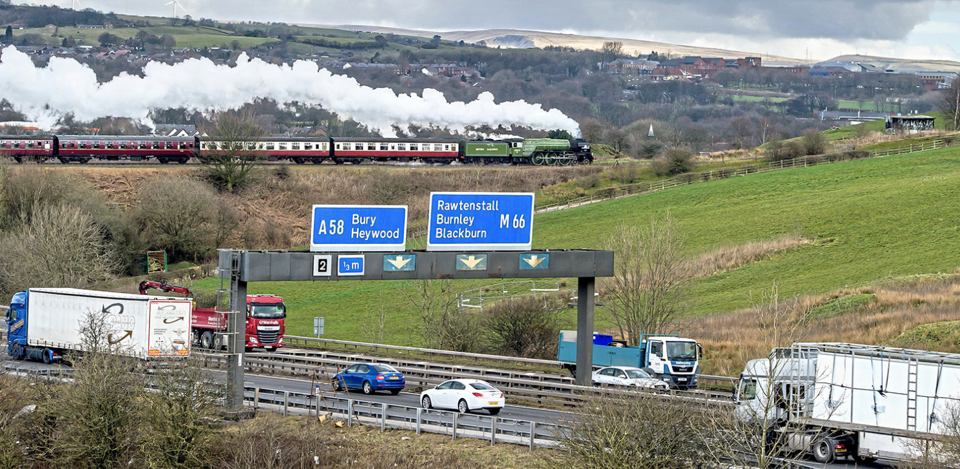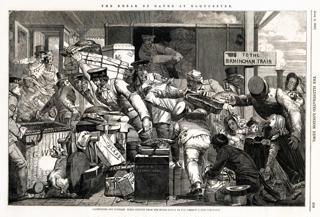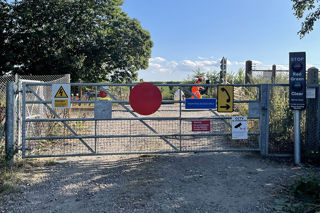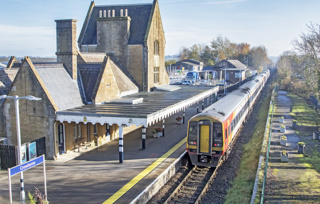“To close the railway to make a profit is a very short-sighted policy. The line runs through a very heavily populated district and to put more traffic on our already congested roads is a step in the wrong direction. To strangle development for the sake of profit is definitely wrong.”
Those sentences were uttered in 1964 by Bacup Transport Committee Chairman Alderman J B Whalley. He was responding to Dr Beeching’s recommendation for closure of the railway that ran north to south between the cotton mill towns of Rawtenstall and Bury.
Despite wider opposition, The Reshaping of British Railways of March 1963 set a course of ultimate destruction for public services over the Lancashire line.
But what goes around comes around. For Whalley’s words were somewhat prophetic. The 1974-constructed Bury Bypass - better known as the M66, and which has been the alternative to the railway for almost 50 years - is now a strangled highway, choked with cars during rush hour as it struggles to accommodate commuters heading between their homes and places of work in Manchester.
Bacup vanished from the railway map in December 1966, with the closure of the four-mile section from Rawtenstall. Passenger trains over the remaining 8½ miles to Bury Bolton Street followed six years later, making it one of the last Beeching victims at a time when the controversial policy was already becoming politically unpalatable.
Happily, thanks to preservationists, passengers did return to the Irwell valley. A new East Lancashire Railway has established a heritage steam and diesel tourist attraction on the route of its namesake company that first laid rails in the 1840s .
Since being revitalised in 1987, the contemporary ELR has stretched out from its initial four miles of running railway between Bury and Ramsbottom back to Rawtenstall - and latterly to Heywood, four miles east on the former Rochdale to Bolton route (which was closed separately in 1970).
Its presence in the area has grown, rising to become the second most-visited paid-for attraction in Greater Manchester (behind stadium tours of the city’s Old Trafford football stadium). In its best year (2016), the railway carried 201,000 people, and in 2022 more than 43,000 travelled on its Santa Specials alone.
Its value to the local economy is estimated to be £8 million.
The ‘East Lancs’ also acts as the operational ‘base camp’ for the National Railway Museum’s world-famous, record-breaking steam locomotive 60103 Flying Scotsman.
Read this feature in full in RAIL issue 979 here
To read all our magazine articles, choose from either a Digital Edition Membership from just 99p for your first month, or a Print & Digital Edition package from just £9.50 per month. Choose your Membership here


















Login to comment
Comments
No comments have been made yet.